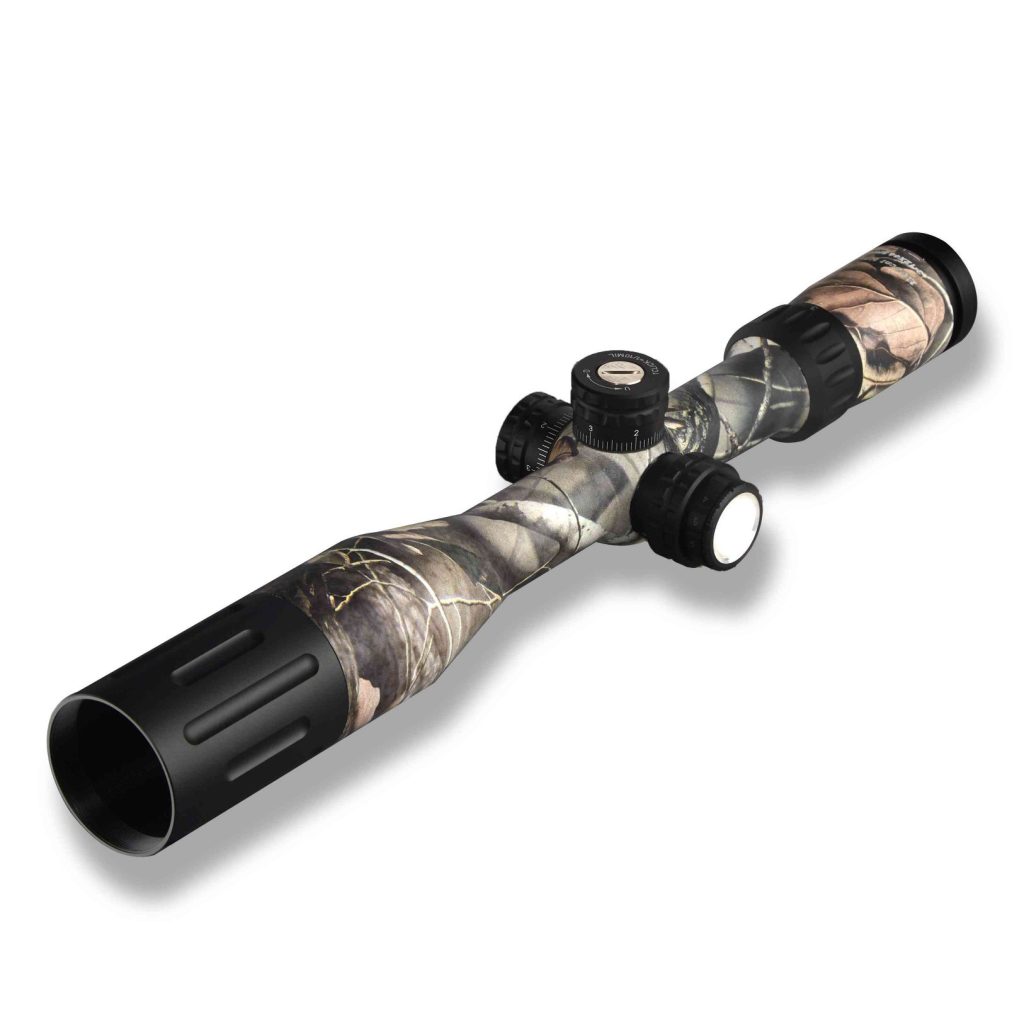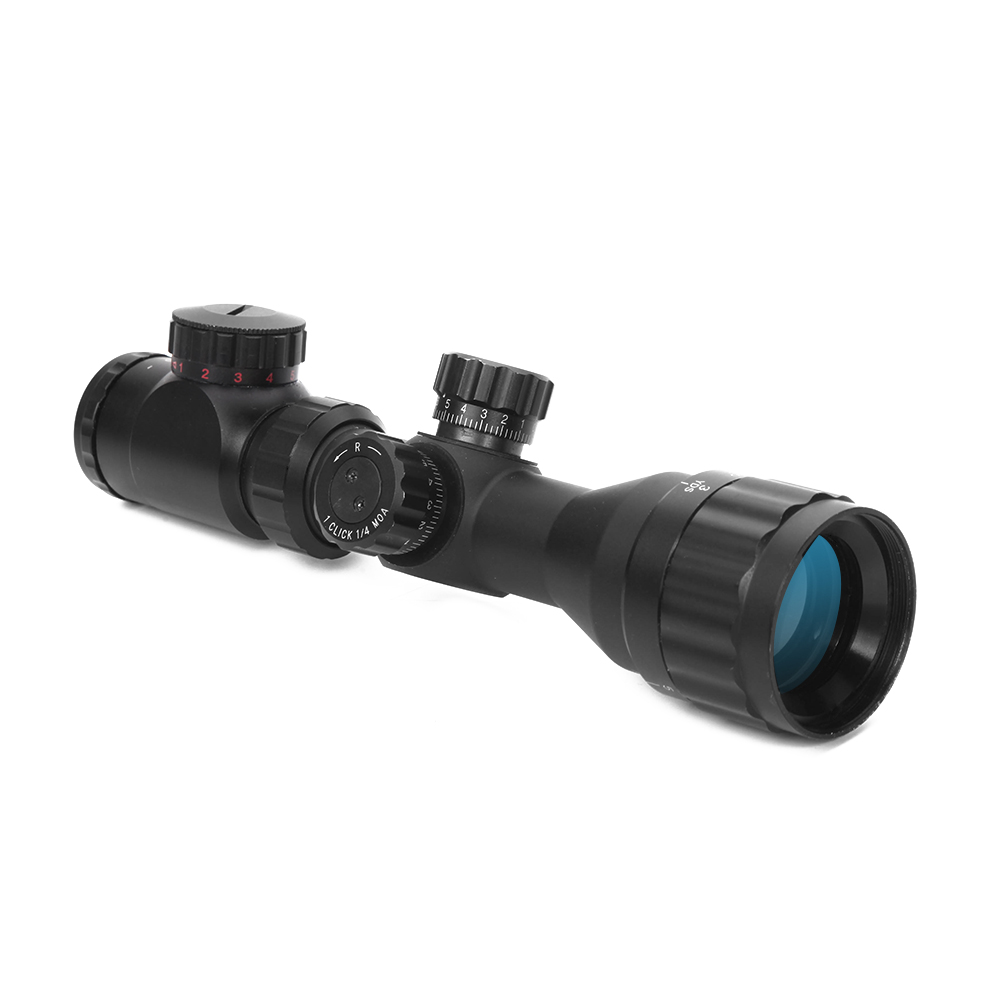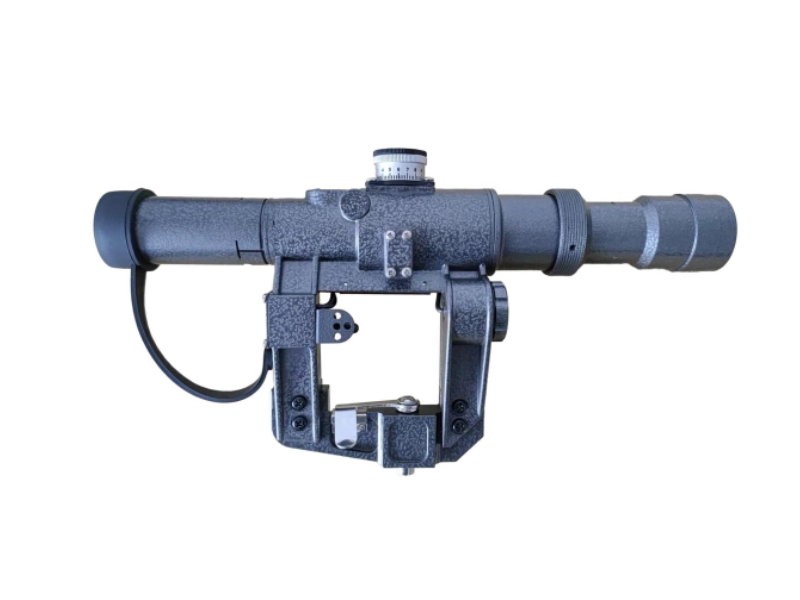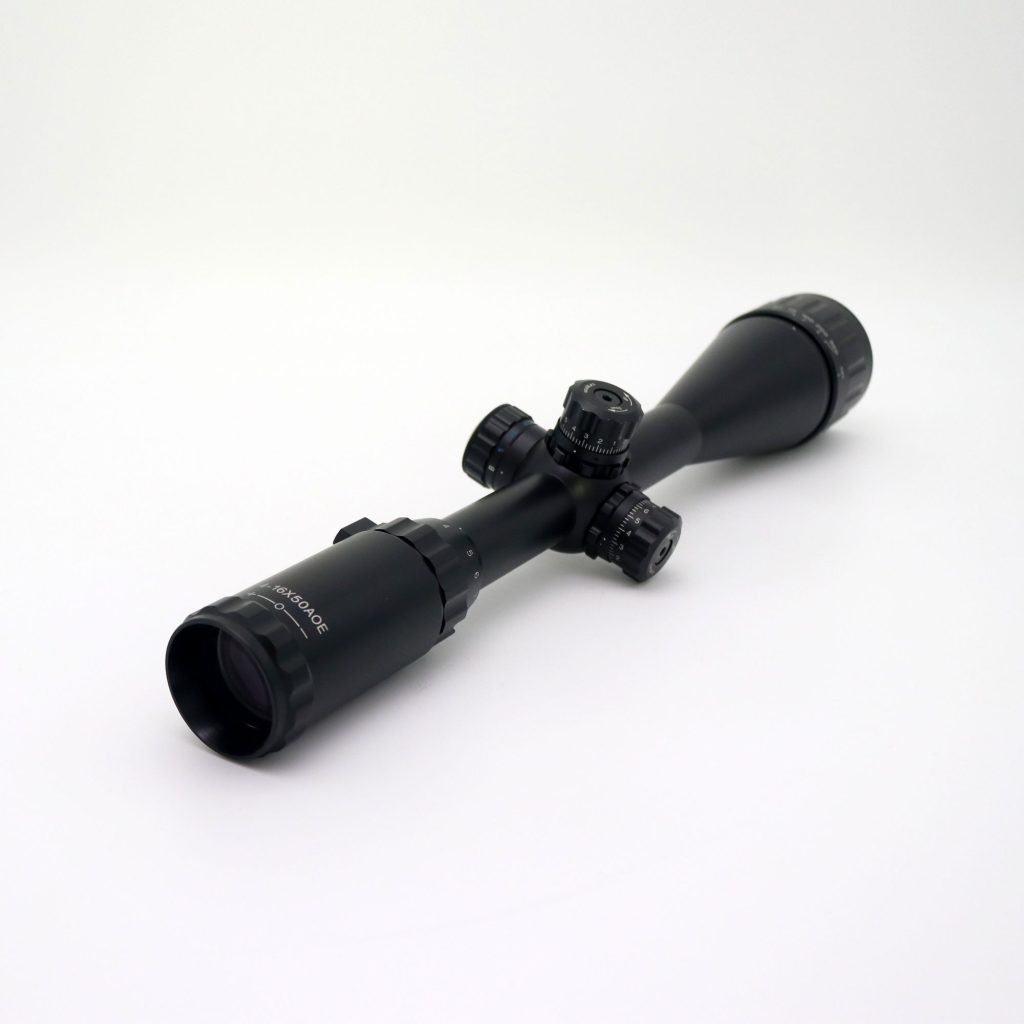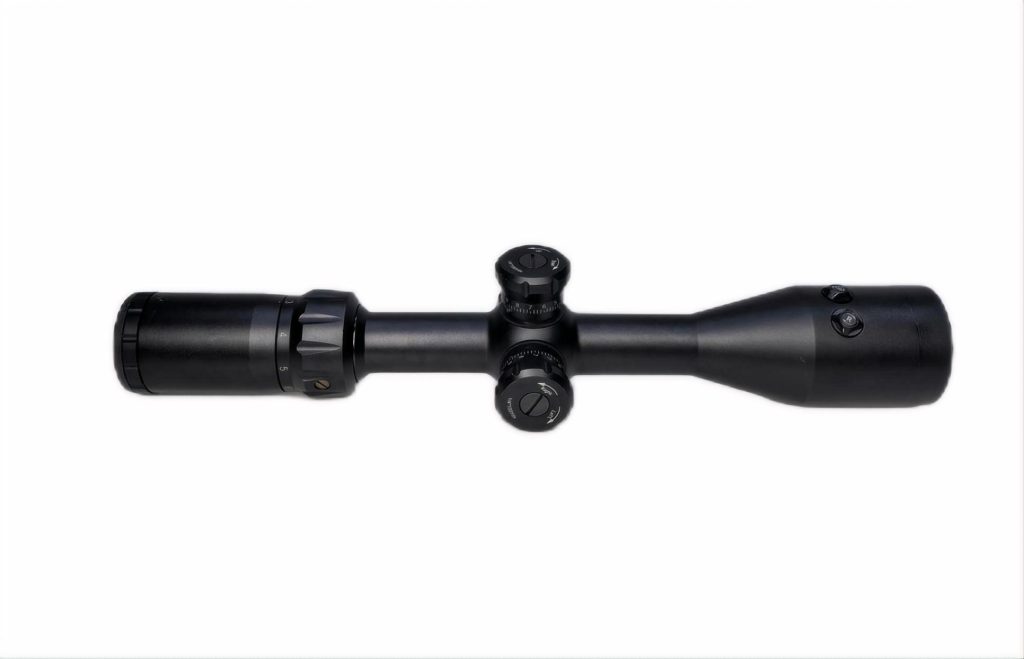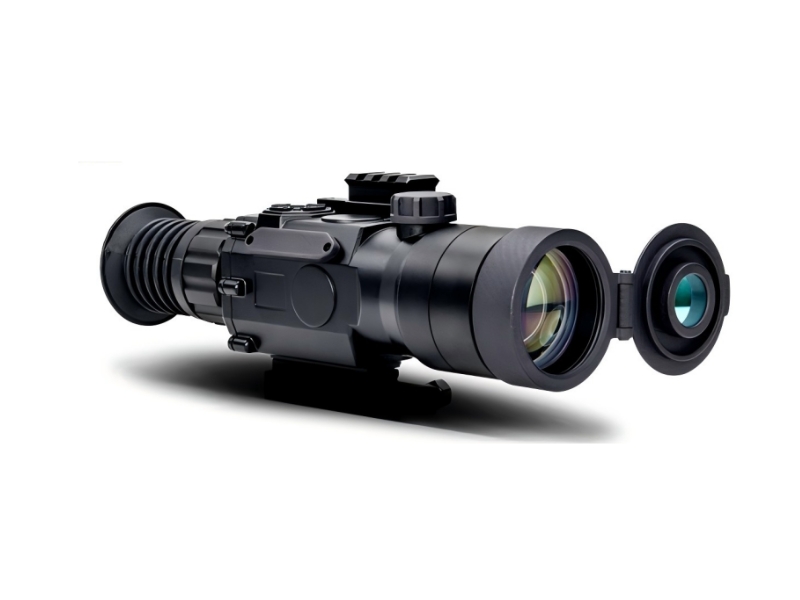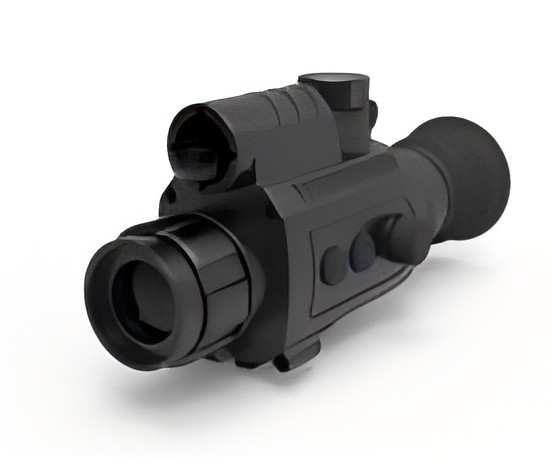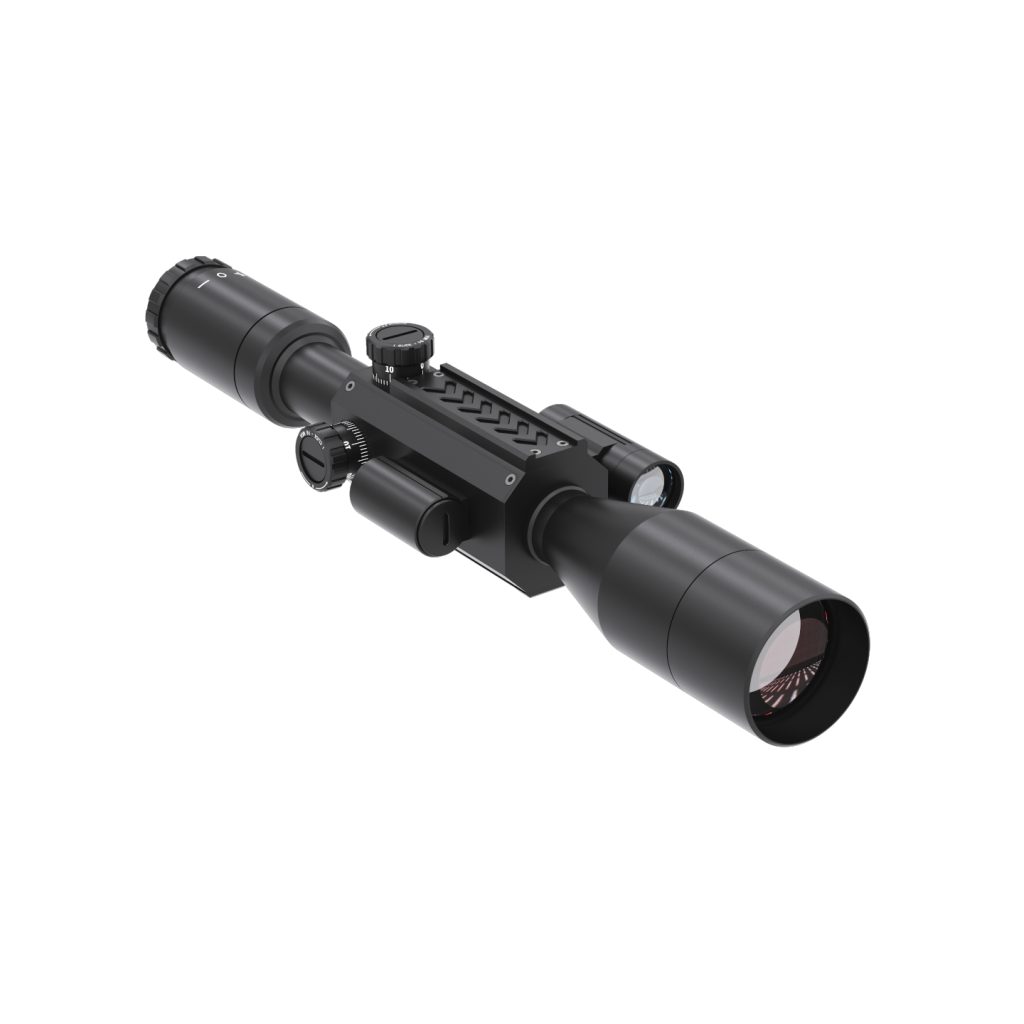Choosing the right rifle scope magnification is crucial for accurate shooting, whether you’re hunting, target shooting, or engaging in tactical scenarios. The question of “At what distance should I use different magnification levels?” is a common one among shooters. In this article, we’ll explore how magnification works, the factors influencing its choice, and offer recommendations to help you make informed decisions for your next hunting trip or target shooting session.
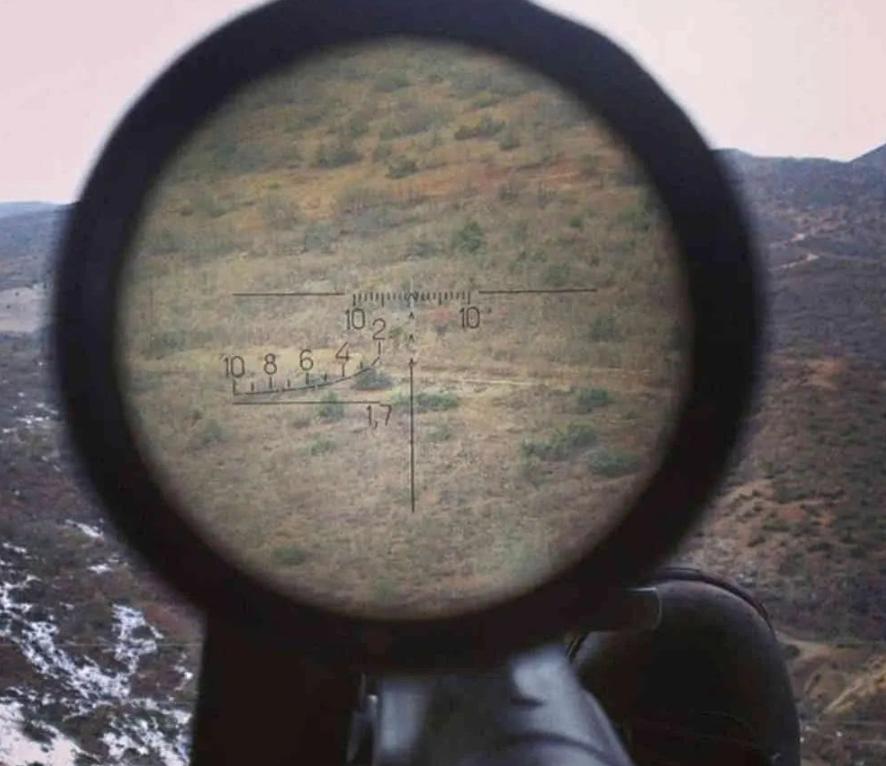
What is Rifle Scope Magnification?
At its core, rifle scope magnification refers to the scope’s ability to make a distant object appear closer. When you look through a scope, the target seems larger and more defined, allowing for more precise aim.
How Magnification Works
In simple terms, a rifle scope uses a series of lenses to gather light and present an enlarged image to your eye. The objective lens, located at the front of the scope, gathers light from the target. This light then travels through erector lenses, which invert the image (making it upright) and provide the magnification. Finally, the ocular lens, closest to your eye, further magnifies the image and presents it clearly. A “10x” magnification, for instance, means that the object appears 10 times closer than it would to the naked eye. So, a target 100 yards away would appear as if it were only 10 yards away. This optical trickery is what allows for the precision shots we expect from a rifle scope.
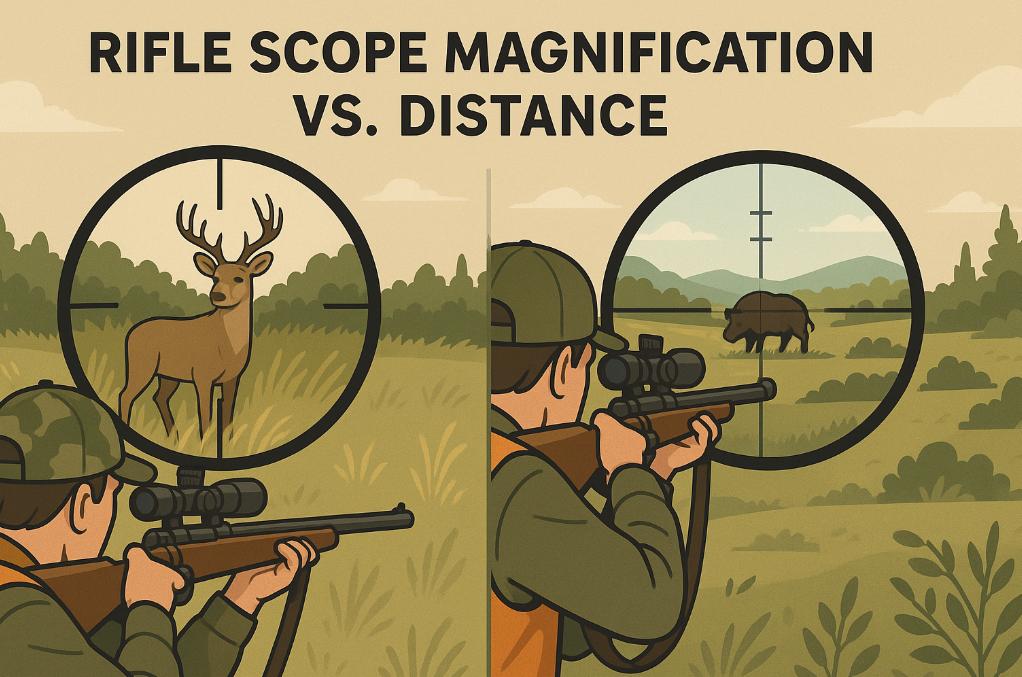
Fixed vs. Variable Magnification Scopes
Rifle scopes come in two main categories: fixed and variable magnification. Each has its advantages and disadvantages.
| Feature | Fixed Magnification Scopes | Variable Magnification Scopes |
| Magnification Level | Single, unchangeable power (e.g., 4x, 10x) | Adjustable range of magnification (e.g., 3-9x, 6-24x) |
| Simplicity/Complexity | Simpler optical design with fewer moving parts. | More complex optical design with internal mechanisms for adjustment. |
| Durability | Often more durable due to fewer internal components and seals. | Generally robust, but more moving parts can introduce potential points of failure over time. |
| Image Brightness/Clarity | Typically brighter and clearer at comparable price points due to fewer lenses. | Can be slightly less bright or clear than fixed scopes at the same price, especially at extreme ends of magnification range. |
| Field of View (FOV) | Consistent and generally wider FOV for the given magnification. | FOV narrows significantly as magnification increases; widest at lowest power. |
| Weight | Generally lighter due to less complex internal mechanisms. | Typically heavier due to additional lenses and adjustment mechanisms. |
| Versatility | Less versatile; best suited for situations with consistent shooting distances. | Highly versatile; adaptable to various distances and shooting scenarios. |
| Cost | Often more cost-effective for a given optical quality. | Generally more expensive than fixed scopes of comparable optical quality. |
| Ideal Applications | Close-quarters hunting, specific tactical applications, scenarios where simplicity and ruggedness are prioritized. | General hunting, target shooting, varmint control, competition, scenarios requiring adaptability to changing distances. |
Here are some application examples:
A hunter in dense brush might use a 4x fixed scope for quick, close shots. A deer hunter might use a 3-9x scope, setting it at 3x for woods and 9x for open fields.

Key Scope Features Related to Magnification
Beyond just the magnification number, several other features significantly impact your scope’s performance and how you perceive magnification:
| Feature | Description | Impact on Magnification & Shooting Performance |
| Objective Lens Diameter | The size of the front lens, measured in millimeters (e.g., 40mm, 50mm). | Brighter image, especially at higher magnifications or in low light. Larger size means a heavier scope and higher mounting. |
| Exit Pupil | The diameter of the light beam exiting the scope to your eye. Calculated as: Objective Lens Diameter / Magnification. | Easier target acquisition and brighter image, especially in low light. A smaller exit pupil (at higher magnification) makes the image dimmer and harder to “find.” |
| Field of View (FOV) | The width of the area you can see through the scope at a given distance. | Wider view at lower magnification helps with finding and tracking targets. Higher magnification narrows the view, making target acquisition more challenging. |
| Eye Relief | The ideal distance your eye should be from the eyepiece for a full, clear image. | Crucial for safety (prevents scope hitting your brow under recoil) and quick sight picture. Consistent eye relief helps regardless of magnification. |
| Reticle Type (FFP vs. SFP) | The aiming pattern inside the scope. First Focal Plane (FFP): Reticle grows/shrinks with magnification. Second Focal Plane (SFP): Reticle stays the same size. | FFP: Reticle measurements (for holdovers/ranging) are accurate at all magnifications. SFP: Reticle measurements are only accurate at one specific magnification setting. |
| Parallax Adjustment | A mechanism to correct when the reticle and target appear to shift if your eye isn’t perfectly centered. | Eliminates aiming errors and provides a crisper, clearer image, especially important at higher magnifications and longer distances. |
Choosing Magnification for Different Distances
The distance to your target is arguably the most critical factor in determining the appropriate magnification level. While there are no hard and fast rules, general guidelines can help you optimize your scope’s performance for various ranges.
Recommended Magnification and Ideal Application
Here are some recommended magnification ranges for different distances, keeping in mind that these are general guidelines and can be adjusted based on your preferences and conditions.
| Distance Category | Magnification Range (Typical) | Ideal Application | Considerations |
| Short Range (0-100 Yards) | 1-6x, 1-8x, Fixed 4x | Fast target acquisition, close-quarters, brush hunting | Wide field of view, excellent for moving targets, minimal mirage interference |
| Medium Range (100-300 Yards) | 3-9x, 2.5-10x, 4-12x | General hunting, target shooting, varmint control | Good balance of magnification and field of view, versatile for most scenarios |
| Long Range (300-600+ Yards) | 6-24x, 8-32x, 10-40x | Precision target shooting, long-range hunting, F-Class | Higher magnification reveals subtle target details and wind effects, narrower FOV |
- For short-range scenarios (0-100 yards), lower magnifications (1-6x, 1-8x, or fixed 4x) shine due to their wide field of view and rapid target acquisition capabilities, which are crucial for dynamic situations like hunting in dense cover or close-quarters tactical applications.
- As the distance extends to the medium range (100-300 yards), which is common for many hunting and general target shooting activities, a versatile mid-range variable scope (3-9x, 2.5-10x, 4-12x) offers an excellent balance between magnification and field of view, making it a true workhorse.
- For challenging long-range shots (300-600+ yards), higher magnifications (6-24x, 8-32x, 10-40x) become invaluable for discerning fine target details and making precise aiming adjustments.
However, it’s vital to remember the trade-offs, such as a narrower field of view and amplified mirage, which become more prominent at these higher powers. Ultimately, the goal is to select the lowest magnification that still allows you to clearly identify your target and execute a precise shot, maximizing clarity and situational awareness for the given distance.
Foreseen can provide riflescopes with various magnifications, and can also be customized according to your needs. Contact us for more product information.

Factors Influencing Magnification Choice Beyond Distance
While distance is a primary driver for magnification choice, it’s far from the only consideration. Several other critical factors can influence your optimal scope power, even at the same range.
| Factor | Impact on Magnification Choice |
| Type of Shooting | Hunting: Versatile moderate variable scope. Target Shooting: Higher magnification for precision, lower for speed. Varmint/Tactical: Varies with distance and need for detail vs. speed. |
| Environment Conditions | Low Light: Lower magnification often brighter.Mirage: High magnification amplifies distortion, sometimes requiring lower power. |
| Target Size | Smaller targets generally require higher magnification for precise aiming. |
| Shooter’s Skill Level | Beginners often benefit from lower to moderate magnification for easier target acquisition and stability. Experienced shooters can manage higher powers. |
| Reticle Types & Adjustments | FFP Reticles (changing size with magnification) are good for consistent holdovers at all powers. SFP Reticles (fixed size) need specific power for accurate holdovers. Precision turrets allow for higher magnification to see impact. |
| Rifle Caliber & Intended Range | Match scope power to rifle’s effective range. Shorter-range calibers need less power; longer-range calibers benefit from higher magnification. |
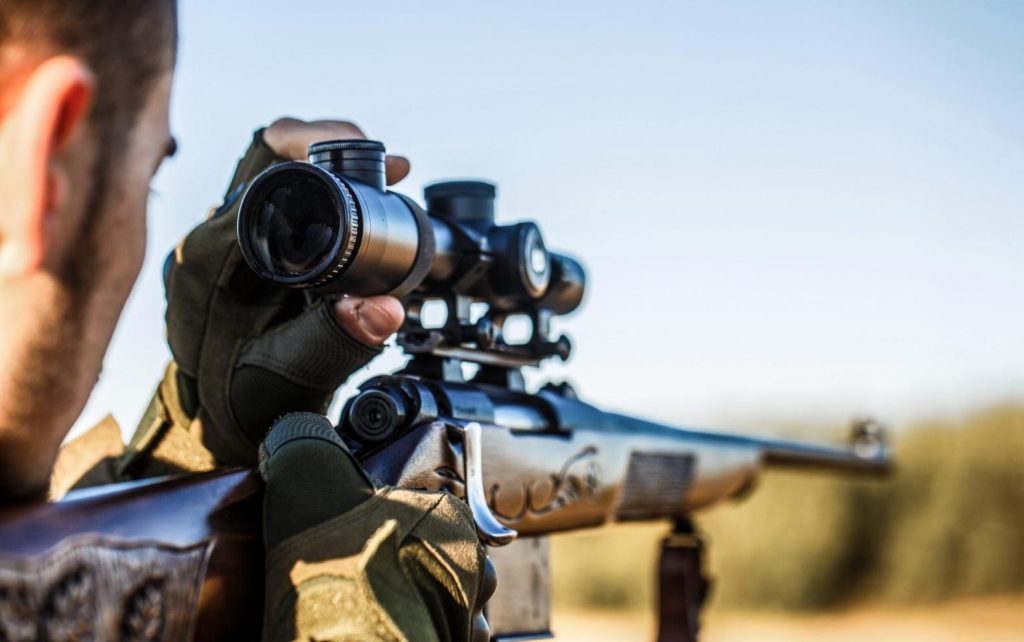
Common Misconceptions About Magnification
When it comes to rifle scope magnification, several myths and misunderstandings often lead shooters astray. Separating fact from fiction can help you make a more informed decision.
“More Magnification is Always Better”
This is perhaps the most pervasive misconception. While high magnification can be beneficial for precision at extreme ranges, it comes with trade-offs. Higher magnification narrows your field of view, making it harder to locate targets, especially moving ones. It also amplifies natural body tremors, making it harder to hold steady. Furthermore, at very high magnifications, mirage becomes a significant problem, often distorting the image to the point where clarity is lost. For most hunting and general shooting applications, a moderate magnification range offers the best balance of versatility and practical usability. Imagine trying to track a running deer at 25x power in dense woods – it would be an exercise in frustration.
“High Magnification Means a Brighter Image”
This is incorrect. Image brightness is primarily determined by the objective lens diameter and the exit pupil. As magnification increases, the exit pupil decreases (since exit pupil = objective lens diameter / magnification), leading to a dimmer image, especially in low light. A 40mm objective lens at 4x has a 10mm exit pupil, which is very bright. The same 40mm objective at 16x has a 2.5mm exit pupil, which will appear much darker. This is why you often see larger objective lenses on higher-magnification scopes – to compensate for the smaller exit pupil at high power.
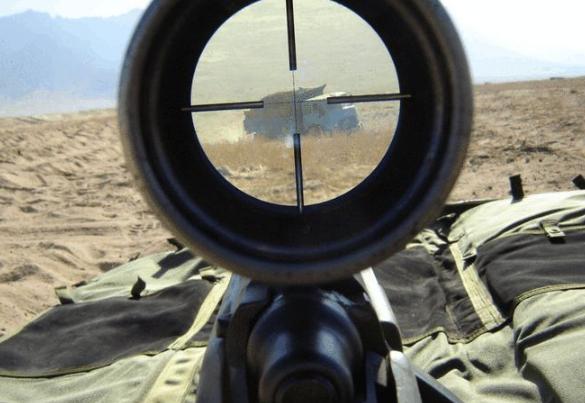
“You Can Always Use Your Scope at Max Power”
While technically true, practically, it’s often not the best idea. As discussed, max power often brings a very narrow field of view, amplified mirage, and reduced image brightness. It’s best to use the lowest magnification setting that allows you to accurately identify and aim at your target. This maximizes your field of view, light transmission, and stability. Think of maximum magnification as a tool to be used judiciously, not as a default setting.
“Magnification Directly Translates to Accuracy”
Magnification helps with accuracy by allowing you to see your target and reticle more clearly, facilitating precise aim. However, it doesn’t magically make your rifle or your shooting more accurate. Your rifle’s inherent accuracy, your shooting fundamentals (trigger control, breath control, steady hold), and external factors like wind and bullet drop are far more significant determinants of accuracy. A shooter with poor fundamentals will still miss at 20x magnification if they can’t control their rifle.
Choosing the right rifle scope magnification is a balance between multiple factors, not just distance. While greater distances generally call for higher magnification, it’s crucial to consider the type of shooting you’ll be doing, the environmental conditions you’ll face, the size of your target, and your own skill level. Don’t fall prey to the “more is always better” mentality; often, a moderate magnification range offers the versatility and practical usability needed for most scenarios.
By thoughtfully considering all these elements, you’ll be well-equipped to select a rifle scope that enhances your shooting experience and helps you hit your mark, every time.

